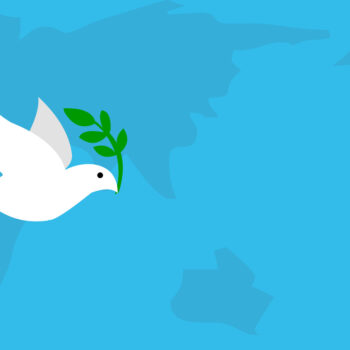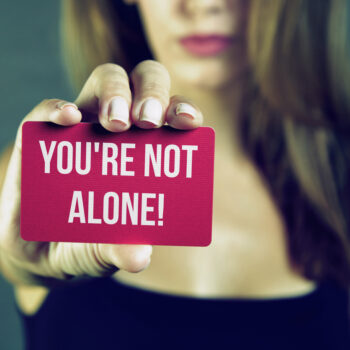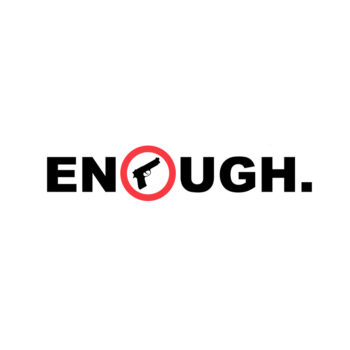By: Elizabeth Pownall, LPC
Gun violence is an epidemic that affects the heart, soul and public safety of all Americans.
In 2019 alone, 40,000 Americans were killed by gun violence. To put this in perspective: there were 58,220 soldiers killed in action in the Vietnam War. (Vietnam War U.S. Military Fatal Casualty Statistics)
In the year 2019-2020, U.S. gun deaths increased by 35%: (A Year in Review 2020 GUN DEATHS IN THE U.S.
- Gun violence was the leading cause of death among children, teens, and young adults under the age of 25.
Young people under 30 were nearly 10 times more likely to die by firearm than from COVID-19 in 2020.
- More than 24,000 people died by gun suicide.
- There were 45,222 gun deaths, the highest number of gun deaths ever in the U.S.
- Black males ages 15-34 were 20 times more likely to be victims of gun homicide than white males of similar age.
- Someone living in Mississippi, which has weak gun laws, was 8.5 times more likely to die by gun violence than someone living in Hawaii, a state that has some of the strongest gun laws in our nation.
It is easy to jump to a simple answer: just remove the guns. But that response will not work. This is a complex problem interwoven into American culture and history. So what can be done about this?
Researchers and policy-makers with John’s Hopkins Center for Gun Violence Solutions advocate a public health approach to reducing gun violence and gun death.
A public health approach looks like this: Stakeholders, experts and institutions come together to define and monitor the problem, identify risk and protective factors, develop and test prevention strategies, and ensure widespread adoption of effective strategies.
What is public health? Public health works to address the underlying causes of a disease or injury before they occur, promote healthy behaviors and control the spread of outbreaks.
We have a strong track record in the United States, where the public health approach proved effective. It is because of this approach that there is a great reduction in smoking-related deaths, infant mortality, automobile-related death, to name a few.
Consider this: when I started driving in 1975, there was no seatbelt law, nor was there a big emphasis on drunk driving. We drove with open containers and might or might not wear seatbelts.
By using a comprehensive public health approach to car safety, the United States reduced per-mile driving deaths by nearly 80% from 1967 to 2017. Car safety has been one of the greatest American public health successes in our nation.
No one thinks twice now about putting on a seatbelt.
And getting caught drunk driving? One’s social life, professional life and family relationships are threatened when this occurs, such is the humiliation and legal consequences involved, thanks to Mothers Against Drunk Driving and the public health approach. To reduce gun violence, a similar public health approach must be applied.
To repeat, Gun violence was the leading cause of death among children, teens, and young adults under the age of 25.
This seems highly preventable, unnecessary, and so very tragic. We are an industrialized nation, and we are losing our own to gun violence because there is so little prevention.
Politicians are talking about the Right to Life these days? Okay, then, let’s talk about the right to live without the fear of gun violence. When a child is shot and killed, they lose decades of potential: the potential to grow up, have a family, contribute to society, and follow their dreams. In 2019, 925,023 years of potential life were lost before the age of 65, more than diabetes, stroke and liver disease combined.
Here is how a public health approach looks:
- Define the problem of violence through data collection; collecting data is essential
- Identify risk and protective factors: why violence occurs, who it affects
- Develop and test prevention strategies and see what works
- Ensure widespread adoption of effective strategies The success of auto safety relied on research, regulations, licensing, registration, preventing risky individuals from driving, manufacturing standards required to make cars safer (installing seatbelts and airbags), age requirements, license renewal, ongoing monitoring and regulation, and liability.
Without exception, each of these steps can be taken to reduce gun violence. (All information from Learn More about Gun Violence) The lethality and availability of firearms drive our high homicide rate. At this point, there is not a lot of attention paid to the prevention of gun violence.
In the latest Supreme Court decision on New York State Rifle & Pistol Assoc v Bruen (overturning NY State’s concealed carry permit law), it is reported that in the six concurring opinions, public health was disregarded while the three dissenting justices focused on public health as the way to reduce gun violence. (The Supreme Court’s Ruling on Guns | Johns Hopkins John’s Hopkins leaders
How do we stop gun violence in America suggest the steps our country can take to address the epidemic of mass shootings:
- Make it harder to turn violent thoughts into violence. Violent thoughts are not unique, but easy means to quickly turn violent thoughts into action is. “America suffers more shootings because it is much easier for even fleeting violent thoughts here to be immediately translated into deadly action thanks to easy access to military-grade weaponry”. (Paul Nestadt)
- More police in schools don’t solve the problem of easy access to guns. While data shows a 10-year decline in reports of students with weapons at school, rates of gun-related injury and death have increased over the past seven years and are currently higher than they have ever been recorded. “Making schools safer requires policymakers to address how young people access firearms”. (Odis Johnson)
- Focus on humiliation in schools as a driver of withdrawal, confrontation, and violence. Humiliation is a factor in bullying, fear, violence, hate, discrimination, vengeance, and self-harm. It is a barrier to social inclusion, yet it has received limited attention in research, policy, and teacher and administrator education and training. (Sheldon Greenberg)
- Ensure buildings are secure. “One conversion to emerge (following Uvalde) from this tragic period is how we can make small yet consequential building upgrades to school doors so that every child can be safe and healthy in school”.(Annette Anderson)
- Leaders who fail to act are culpable. “As a professional working on federal policy to prevent gun violence, I am frustrated by the inaction. Leaders who fail to act are also culpable in these situations.” (Spencer Cantrell)
- There are policies that work to prevent gun violence —if we deploy them. Public health means prevention. The John’s Hopkins Center for Gun Violence Solutions “will continue to educate policymakers and the public about preventive measures to curb this epidemic”. (Lisa Geller)
- Turn heartache into action. “We can prevent violence. Through comprehensive firearm licensing policies, large capacity magazine limits, safe firearm storage, and extreme risk protective orders but also hospital-based and community-based violence intervention programs, police reform, addressing social determinants of health and dismantling structural racism.
But to do this, we must all turn our heartache into action.” (Katherine Hoops) Information from the article: How do we stop gun violence in America?













